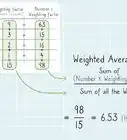This article was co-authored by David Jia. David Jia is an Academic Tutor and the Founder of LA Math Tutoring, a private tutoring company based in Los Angeles, California. With over 10 years of teaching experience, David works with students of all ages and grades in various subjects, as well as college admissions counseling and test preparation for the SAT, ACT, ISEE, and more. After attaining a perfect 800 math score and a 690 English score on the SAT, David was awarded the Dickinson Scholarship from the University of Miami, where he graduated with a Bachelor’s degree in Business Administration. Additionally, David has worked as an instructor for online videos for textbook companies such as Larson Texts, Big Ideas Learning, and Big Ideas Math.
This article has been viewed 443,919 times.
In statistics, range represents the difference between the highest value of a data set and the lowest value of a data set. The range shows how spread out the values in a series are. If the range is a high number, then the values in the series are spread far apart; if the range is a small number, then the values in the series are close to each other. If you want to know how to calculate range, just follow these steps.
Steps
-
1List the elements of your data set. To find the range of a set, you'll need to list all of the elements of the set so that you can identify the highest and lowest numbers. Write down all of the elements. The numbers in this set are: 20, 24, 25,19, 24, 28 and 14.[1]
- It can be easier to identify the highest and lowest number in the set if you list the numbers in ascending order. In this example, the set would be rearranged like this: 14, 19, 20, 24, 24, 25, 28.
- Listing the elements of the set in order can also help you make other calculations, such as finding the mode, mean, or median of the set.
-
2Identify the highest and lowest numbers in the set.[2] In this case, the lowest number in the set is 14 and the highest number is 28.[3]Advertisement
-
3
-
4Label the range clearly. Once you've found the range, label it clearly. This will help you avoid confusing it with any other statistical calculations that you may need to make for the set, such as finding the median, mode, or mean.[6]
Range Calculator, Practice Problems, and Answers
Expert Q&A
Did you know you can get expert answers for this article?
Unlock expert answers by supporting wikiHow
-
QuestionWhat is the range of a list of numbers?
 David JiaDavid Jia is an Academic Tutor and the Founder of LA Math Tutoring, a private tutoring company based in Los Angeles, California. With over 10 years of teaching experience, David works with students of all ages and grades in various subjects, as well as college admissions counseling and test preparation for the SAT, ACT, ISEE, and more. After attaining a perfect 800 math score and a 690 English score on the SAT, David was awarded the Dickinson Scholarship from the University of Miami, where he graduated with a Bachelor’s degree in Business Administration. Additionally, David has worked as an instructor for online videos for textbook companies such as Larson Texts, Big Ideas Learning, and Big Ideas Math.
David JiaDavid Jia is an Academic Tutor and the Founder of LA Math Tutoring, a private tutoring company based in Los Angeles, California. With over 10 years of teaching experience, David works with students of all ages and grades in various subjects, as well as college admissions counseling and test preparation for the SAT, ACT, ISEE, and more. After attaining a perfect 800 math score and a 690 English score on the SAT, David was awarded the Dickinson Scholarship from the University of Miami, where he graduated with a Bachelor’s degree in Business Administration. Additionally, David has worked as an instructor for online videos for textbook companies such as Larson Texts, Big Ideas Learning, and Big Ideas Math.
Academic Tutor
-
QuestionWhat would be the range of these numbers - 8, -6, 0, 1, 3, 4, 20 be?
 Chelsea sodenCommunity AnswerFirst order the data from least to greatest, then subtract the smallest value from the largest value in the set.
Chelsea sodenCommunity AnswerFirst order the data from least to greatest, then subtract the smallest value from the largest value in the set. -
QuestionHow do I calculate mean, median and mode?
 Community AnswerFor mean, add all numbers up and divide them by how many numbers there are. For median, place all numbers in ascending order then find the middle number. For mode, find the most commonly-occurring number.
Community AnswerFor mean, add all numbers up and divide them by how many numbers there are. For median, place all numbers in ascending order then find the middle number. For mode, find the most commonly-occurring number.
References
- ↑ David Jia. Academic Tutor. Expert Interview. 14 January 2021.
- ↑ https://www150.statcan.gc.ca/n1/edu/power-pouvoir/ch12/5214890-eng.htm
- ↑ David Jia. Academic Tutor. Expert Interview. 14 January 2021.
- ↑ https://www150.statcan.gc.ca/n1/edu/power-pouvoir/ch12/5214890-eng.htm
- ↑ David Jia. Academic Tutor. Expert Interview. 14 January 2021.
- ↑ https://www.mathsisfun.com/data/range.html
About This Article
“Range” is a term used in statistics to describe the difference between the highest and lowest values in a data set. To calculate range, list all of the numbers in your data set in order. Then, identify the highest and lowest numbers in the set. For instance, if your data set consists of the numbers 23, 40, 57, and 95, then your lowest number would be 23, and the highest would be 95. Next, subtract the smallest number from the largest one to find the difference. In this case, 95-23 would give you a range of 72. Once you calculate the range, make sure to label it to avoid confusion. For example, write R (or Range) = 72. To learn how arranging your set in order can help you find other calculations, read on!
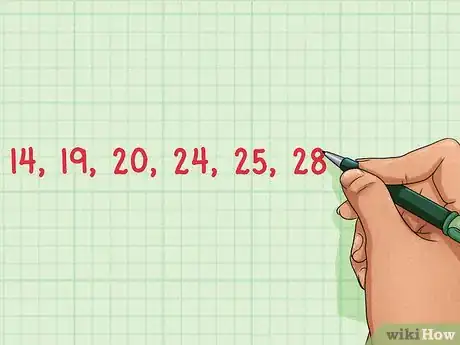

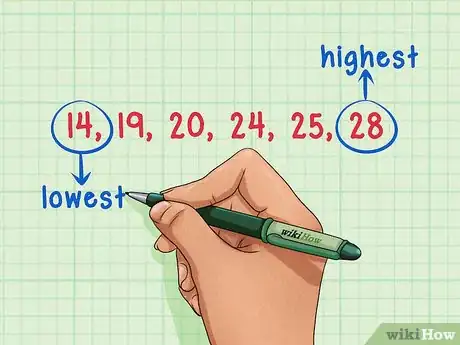
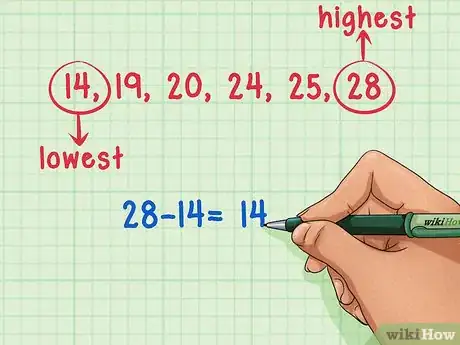
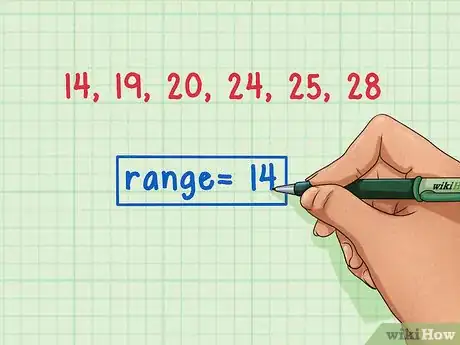
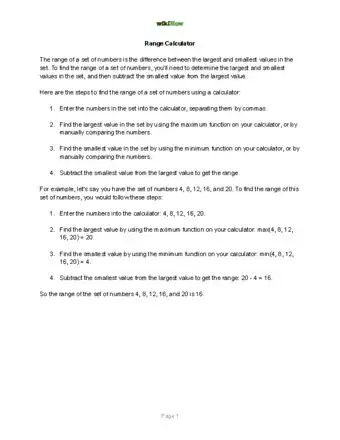
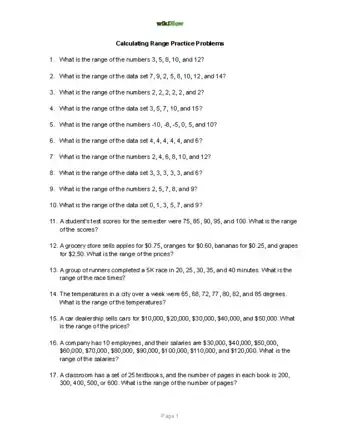
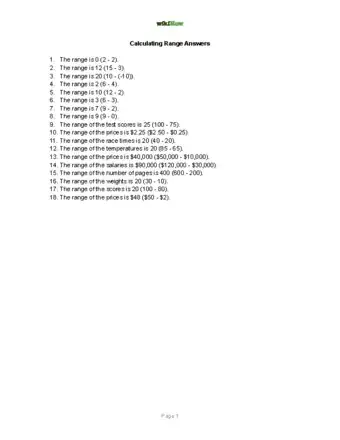
-Step-13.webp)

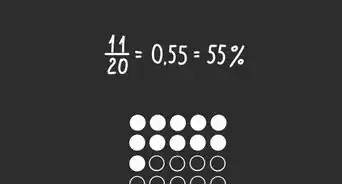
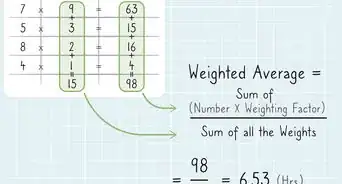

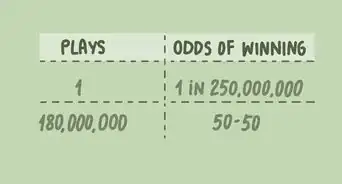
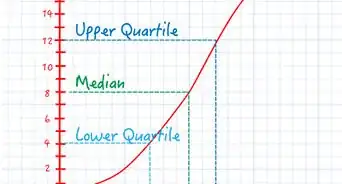

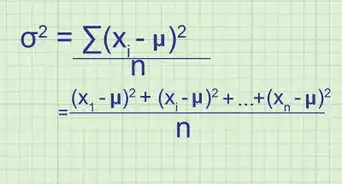

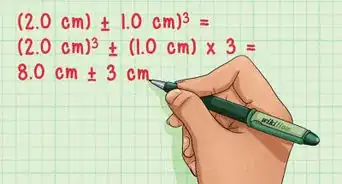











-Step-13.webp)


